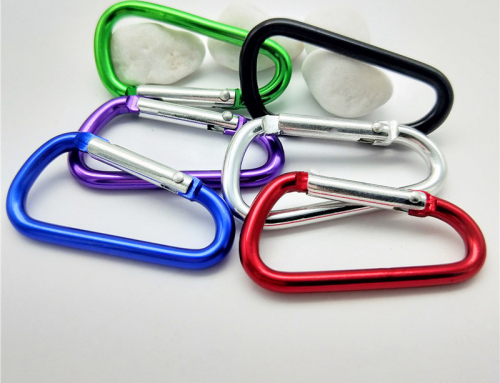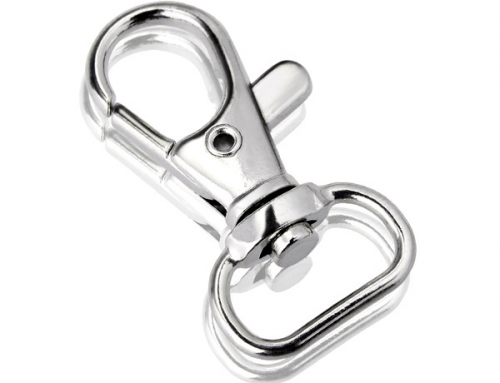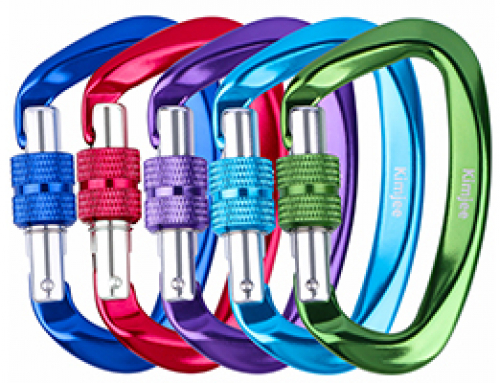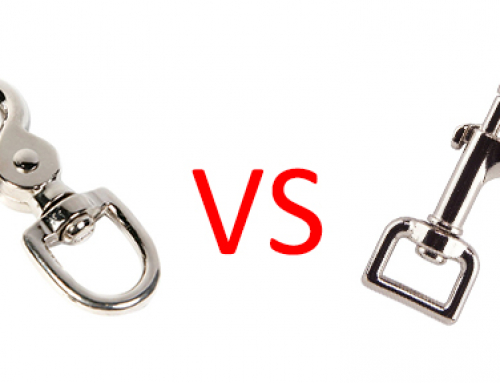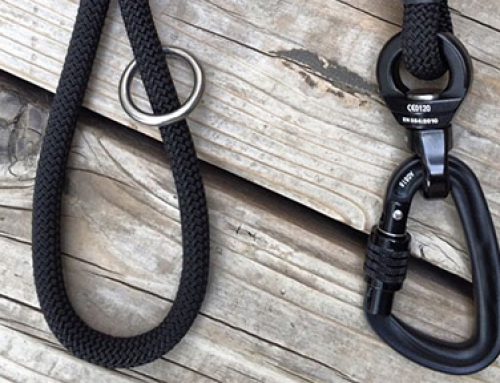How many shapes of climbing carabiner? And what are the pros and cons
The design and types of climbing carabiners are also divided into several types to cope with various climbing environments. Do you know how many shapes of climbing carabiner? After reading this article, you will find out.
The climbing carabiner is generally divided into 4 types:
•Asymmetric D-shape
•Pear shape
•D-shape
•Oval
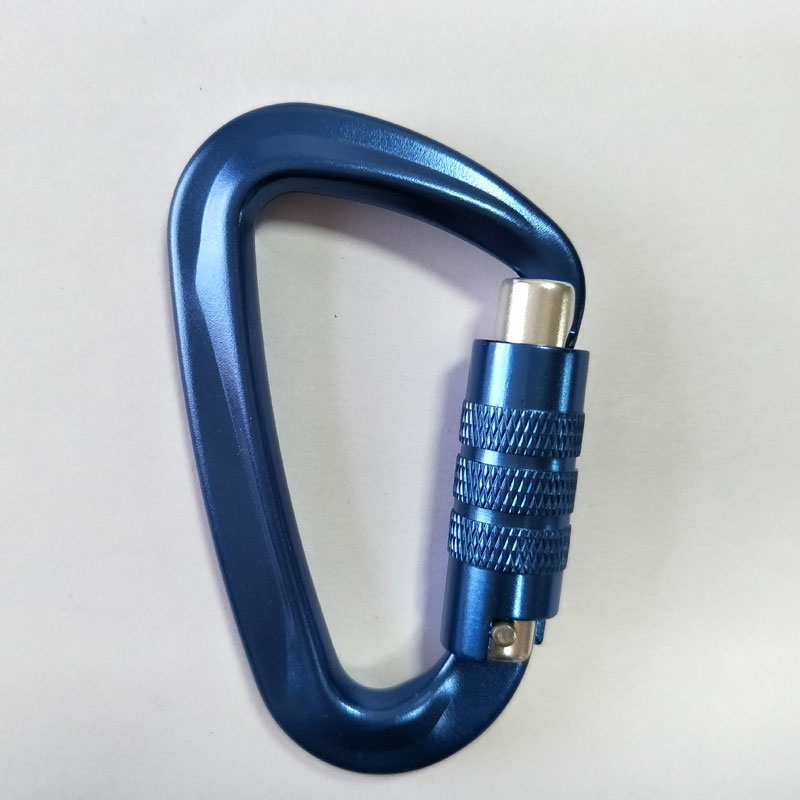
Asymmetric D-shape climbing carabiner
The most popular design is the asymmetric D climbing carabiner (sometimes offset D or improved D climbing carabiner). It works similar to conventional D, but one end of them is slightly smaller to reduce weight further. Asymmetrical climbing carabiners usually have larger door openings than ordinary D, making them easier to clamp. But they don’t have as much internal space as D or ellipses of similar size. The vast majority of climbing carabiners owned by most climbers are asymmetric climbing carabiners.
Pros:
▪Large gate opening
▪Strong and light
Cons:
▪More expensive than other shapes
▪Not as good as type D
Pear shape climbing carabiner
The pear-shaped climbing carabiner has a large door opening that can easily clamp ropes, knots, and gears like the asymmetric D-shape. The pear-shaped climbing carabiner is mainly used for tethering and rapid descent, but it can also be used for top rope or anchor points for multi-pitch climbing.
You sometimes hear these called HMS climbing carabiners, and some even have HMS on the spine. HMS shows that the climbing carabiner design has a broader and more symmetrical top, which can be hooked with a Münter.
Pros:
▪Large gate opening
▪Designed for lanyards and speed drops
Cons:
▪Heavier and more expensive than most other shapes
▪Not as strong as D-shape and asymmetric D-shape
D-shape climbing carabiner
D-shaped climbing carabiner D-shaped climbing carabiner is very suitable for most types of climbing. They deflect the load away from the center towards the stronger non-door control side, so the smaller, lighter D climbing carabiner can be as strong as the more oversized oval climbing carabiner.
Pros:
▪Strongest form
▪Gate opening larger than oval
Cons:
▪Smaller and heavier than asymmetric D-gate
▪More expensive than oval
Oval climbing carabiner
the oval climbing carabiner is an original style. They are widely used and reasonably priced, but they are not as strong as other shapes. The oval climbing carabiner has smooth and uniform top and bottom curves to limit load transfer. They provide more gear retention than D-shaped mountain buckles, and their symmetry allows them to be used for the brake rope of mountain buckles.
They are very suitable for auxiliary climbing because they concentrate the load on the curve; Runners do not move under load.
Pros:
▪Uniform shape limits load transfer
▪More equipment than a D-shaped climbing carabiner
Cons:
▪Smaller gate openings and heavier than other shapes
▪Not as strong as other shapes

